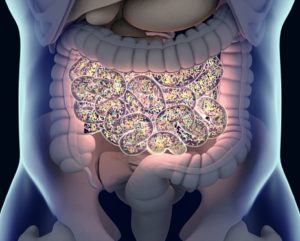The direct costs of inflammatory bowel disease (IBD), encompassing Crohn’s disease (CD) and ulcerative colitis (UC), have shifted significantly from hospitalizations and surgeries to medication expenses, primarily driven by increased use of biologic therapies like anti-TNF agents. The overall economic impact remains substantial, with U.S. annual costs reaching approximately $50 billion. Variability in drug pricing, particularly high prices in the U.S. due to limited regulation and complex market dynamics, compounds these costs. Despite a decline in hospitalization rates thanks to biologics and preventive care, the complexity and severity of hospitalized cases have risen, offsetting potential savings and sustaining high inpatient expenses.
Indirect costs related to lost productivity, absenteeism, presenteeism, and delayed professional advancement further elevate IBD’s economic burden, although these factors remain underreported and poorly quantified. Challenges in achieving cost sustainability include disparities in access to care among disadvantaged groups, affordability issues, and variability in adherence to evidence-based treatment guidelines. Strategies such as enhancing cost-effectiveness through biosimilar uptake and implementing multidisciplinary team care (e.g., IBD medical homes) are essential to mitigate the rising economic impact of IBD care. Additionally, policy reforms promoting price transparency and standardized treatment pathways are crucial for improving equitable health outcomes.
Reference: Burisch J, Claytor J, Hernandez I, Hou JK, Kaplan GG. The Cost of Inflammatory Bowel Disease Care: How to Make it Sustainable. Clin Gastroenterol Hepatol. 2025 Feb;23(3):386-395. doi: 10.1016/j.cgh.2024.06.049. Epub 2024 Aug 14. PMID: 39151644.









